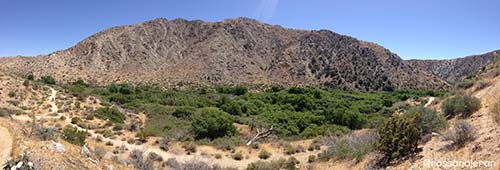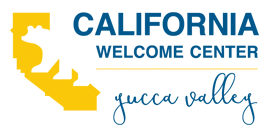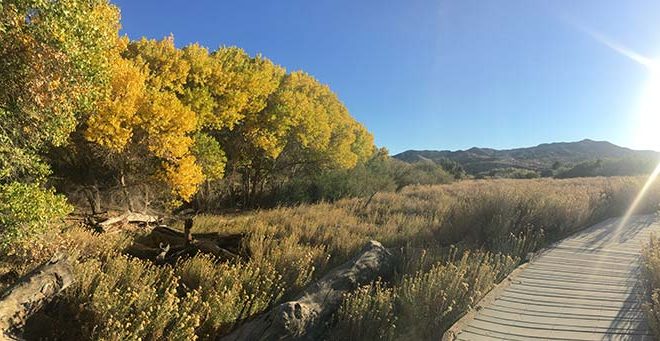Only a 20 minute drive from downtown Palm Springs is a place with much cooler temperatures, it’s an oasis that’s located at the southwestern edge of the Mojave Desert. Considered a secret hideaway by many people and animals, this oasis is called the Big Morongo Canyon Preserve. After you visit this Preserve you won’t be able to drive by this location on Highway 62 without noticing the tremendous amount of cottonwood trees in the distance.
The Preserve is over 31,000 acres with elevations ranging from 600 feet on the canyon floor in the Coachella Valley, to 3000 feet at the top of the ridge in the Mojave Desert. The main entrance to the Preserve is in the community of Morongo Valley where you can access many hiking trails, some of which are boardwalks creating easy access for everyone, including people with wheelchairs. From my experience there are few comparable places that have so many trails in such a pristine area with this type of easy access. There’s over a mile of boardwalk trails available for your pleasure. For the adventurous there are more difficult hiking trails that will walk you through the Preserve; one trail taking you all the way through the transition zone from the Mojave Desert, down to the Colorado Desert in less than 5 miles.
 The Preserve is nestled among the Little San Bernardino Mountains, and is one of the ten largest cottonwood and willow riparian (stream) habitats in California. The upstream end of the canyon lies in the Mojave Desert, while its downstream portion opens into the Colorado Desert. The Morongo Fault, running through the canyon, causes water from melting snow on the surrounding San Bernardino Mountains to form Big Morongo Creek. The Creek intermittently rises to the surface for just three miles, between the Mojave and Colorado Deserts, before it disappears underground again.
The Preserve is nestled among the Little San Bernardino Mountains, and is one of the ten largest cottonwood and willow riparian (stream) habitats in California. The upstream end of the canyon lies in the Mojave Desert, while its downstream portion opens into the Colorado Desert. The Morongo Fault, running through the canyon, causes water from melting snow on the surrounding San Bernardino Mountains to form Big Morongo Creek. The Creek intermittently rises to the surface for just three miles, between the Mojave and Colorado Deserts, before it disappears underground again.
More than 235 bird species have been observed in the preserve, including several rare species, and many additional transient species are present during the spring and fall migration seasons. The water also attracts mule deer, desert bighorn sheep, raccoons, bobcats, coyotes, and kangaroo rats, other rodents and on very rare occasions a black bear might be seen. Several species of reptiles and amphibians are also present, including gopher snakes, rosy boas, red diamond rattlesnakes, california kingsnakes, common whiptail lizards, side-blotched lizards, desert spiny lizard, gilbert’s skink, and california tree frogs.
Here are a few helpful links to further gather information about the preserve:
www.bigmorongo.org

